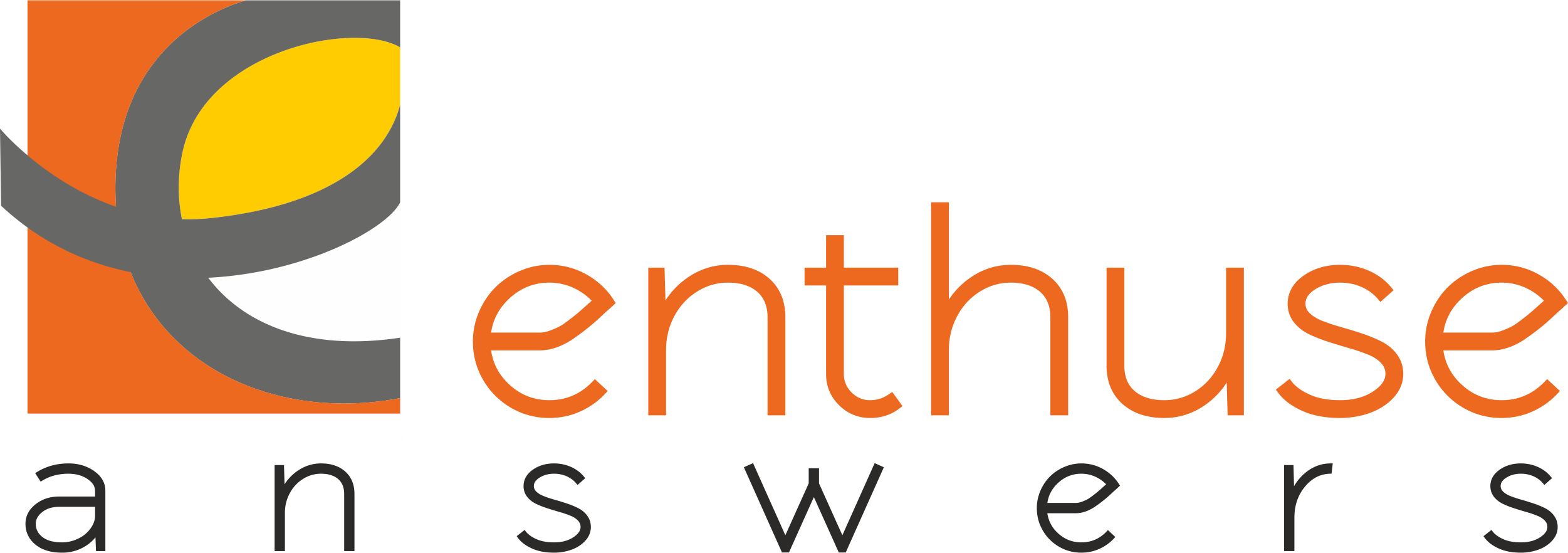
Essentially, the representation equates all uses of capital (assets) to all sources of capital, where debt capital leads to liabilities and equity capital leads to shareholders’ equity. Cash (asset) will reduce by $10 due to Anushka using the cash belonging to the business to pay for her own personal expense. As this is not really an expense of the business, Anushka is effectively being paid amounts owed to her as the owner of the business (drawings). The cash (asset) of the business will increase by $5,000 as will the amount representing the investment from Anushka as the owner of the business (capital).
This statement reflects profits and losses that are themselves determined by the calculations that make up the basic accounting equation. In other words, this equation allows businesses to determine revenue as well as prepare a statement of retained earnings. This then allows them to predict basic farm accounting and record keeping templates future profit trends and adjust business practices accordingly. Thus, the accounting equation is an essential step in determining company profitability.
The assets of the business will increase by $12,000 as a result of acquiring the van (asset) but will also decrease by an equal amount due to the payment of cash (asset). Capital essentially represents how much the owners have invested into the business along with any accumulated retained profits or losses. The capital would ultimately belong to you as the business owner. If the expanded accounting equation is not equal on both sides, your financial reports are inaccurate. Your bank account, company vehicles, office equipment, and owned property are all examples of assets. For every transaction, both sides of this equation must have an equal net effect.
In the coming sections, you will learn more about the different kinds of financial statements accountants generate for businesses. The fundamental accounting equation, also called the balance sheet equation, is the foundation for the double-entry bookkeeping system and the cornerstone of the entire accounting science. In the accounting equation, every transaction will have a debit and credit entry, and the total debits (left side) will equal the total credits (right side).
What Is Shareholders’ Equity in the Accounting Equation?
The cost of this sale will be the cost of the 10 units of inventory sold which is $250 (10 units x $25). The difference between the $400 income and $250 cost of sales represents a profit of $150. how to compute effective interest rate on loan The inventory (asset) will decrease by $250 and a cost of sale (expense) will be recorded.
Financial statements
The 500 year-old accounting system where every transaction is recorded into at least two accounts. Parts 2 – 6 illustrate transactions involving a sole proprietorship.Parts 7 – 10 illustrate almost identical transactions as they would take place in a corporation.Click here to skip to Part 7. During the month of February, Metro Corporation earned a total of $50,000 in revenue from clients who paid cash.
On 1 January 2016, Sam started a trading business called Sam Enterprises with an initial investment of $100,000. The effects of changes in the items of the equation can be shown by the use of + or – signs placed against the affected items. Apple performs $3,500 of app development services for iPhone 13 users, receives $1,500 from customers, and bills the remaining balance on the account ($2,000). An intangible asset is an identifiable non-monetary asset without physical substance.
Everything You Need To Master Financial Statement Modeling
It is used to transfer totals from books of prime entry into the nominal ledger. Every transaction is recorded twice so that the debit is balanced by a credit. A company’s quarterly and annual reports are basically derived directly from the accounting equations used in bookkeeping practices. These equations, entered in a business’s general ledger, will provide the material that eventually makes up the foundation of a business’s financial statements. This includes expense reports, cash flow and salary and company investments. If a business buys raw materials and pays in cash, it will result in an increase in the company’s inventory (an asset) while reducing cash capital (another asset).
This transaction brings cash into the business and also creates a new liability called bank loan. The rights or claims to the properties are referred to as equities. To learn more about the income statement, see Income Statement Outline. Get instant access to lessons taught by experienced private equity pros and bulge bracket investment bankers including financial statement modeling, DCF, M&A, LBO, Comps and Excel Modeling. Nabil invests $10,000 cash in Apple in exchange for $10,000 of common stock.
Examples of the Accounting Equation
- The remainder is the shareholders’ equity, which would be returned to them.
- A credit in contrast refers to a decrease in an asset or an increase in a liability or shareholders’ equity.
- Capital essentially represents how much the owners have invested into the business along with any accumulated retained profits or losses.
- Revenue increases owner’s equity, while owner’s draws and expenses (e.g., rent payments) decrease owner’s equity.
- Profits retained in the business will increase capital and losses will decrease capital.
- The effects of changes in the items of the equation can be shown by the use of + or – signs placed against the affected items.
We use owner’s equity in a sole proprietorship, a business with only one owner, and they are legally liable for anything on a personal level. The accounting equation is fundamental to the double-entry bookkeeping practice. Its applications in accountancy and economics are thus diverse.
This transaction affects only the assets of the equation; therefore there is no corresponding effect in liabilities or shareholder’s equity on the right side of the equation. This transaction also generates a profit of $1,000 for Sam Enterprises, which would increase the owner’s equity element of the equation. At this time, there is external equity or liability in Sam Enterprise. The only equity is Sam’s capital (i.e., owner’s equity amounting to $100,000). The business has paid $250 cash (asset) to repay some of the loan (liability) resulting in both the cash and loan liability reducing by $250. Therefore cash (asset) will reduce by $60 to pay the interest (expense) of $60.
Because there are two or more accounts affected by every transaction carried out by a company, the accounting system is referred to as double-entry accounting. Since the balance sheet is founded on the principles of the accounting equation, this equation can also be said to be responsible for estimating the net worth of an entire company. The fundamental components of the accounting equation include the calculation of both company holdings and company debts; thus, it allows owners to gauge the total value of a firm’s assets. The expanded accounting equation shows the relationship between your balance sheet and income statement. Revenue and owner contributions are the two primary sources that create equity.
The accounting equation plays a significant role as the foundation of the double-entry bookkeeping system. The primary aim of the double-entry system is to keep track of debits and credits and ensure that the sum of these always matches up to the company assets, a calculation carried out by the accounting equation. It is based on the idea that each transaction has an equal effect.
Because you make purchases with debt or capital, both sides of the equation must equal. The major and often largest value assets of most companies are that company’s machinery, buildings, and property. These are fixed assets that are usually held for many years. Assets include cash and cash equivalents or liquid assets, which may include Treasury bills and certificates of deposit (CDs).
$10,000 of cash (asset) will be received from the bank but the business must also record an equal amount representing the fact that the loan (liability) will eventually need to be repaid. To make the Accounting Equation topic even easier to understand, we created a collection of premium materials called AccountingCoach PRO. Our PRO users get lifetime access to our accounting equation visual tutorial, cheat sheet, flashcards, quick test, and more. Apple pays for rent ($600) and utilities ($200) expenses for a total of $800 in cash. Non-current assets or liabilities are those that cannot be converted easily into cash, typically within a year, that is. Current assets and liabilities can be converted into cash within one year.


